The British India postage stamps collection from 1866 to 1937 covers a fascinating and important period in Indian philately. Key highlights include:
- In 1866, significant postal reforms were introduced under the Post Office Act XIV to improve postal efficiency and eliminate abuses in the postal system. India became the first country to overprint “Service” on postage stamps for official use, a practice later adopted worldwide. New designs were issued for the 4 annas and 6 annas 8 pies denominations, some provisional stamps were made by overprinting on revenue stamps due to shortages.
- Between 1874 and 1876, four new stamp designs appeared. Then, in 1882 a comprehensive set with Queen Victoria’s profile inscribed “INDIA POSTAGE” was released following the proclamation of the Indian Empire in 1877. Later, in 1895, high-value stamps featuring a portrait of Queen Victoria by Heinrich von Angeli in denominations of 2, 3, and 5 rupees were issued.
- Through the early 20th century, stamps of British India continued with mostly royal portraits. In 1931, pictorial stamps appeared, depicting Indian landmarks such as the Purana Qila and government buildings, coinciding with the seat of India’s government moving from Calcutta to New Delhi.
- The 1935 Silver Jubilee set commemorated King George V with seven stamps featuring famous Indian edifices. The stamps issued in 1937 under King George VI showed various mail transport forms with the king’s portrait on higher values.
- This period also includes stamps from numerous princely states (also called feudatory states), which ran their own postal services, some issuing very colorful and distinctive stamps, separate from British India.
This collection spans classic to more modern issues, comprising highly collectible items with a range of designs including reigning monarch profiles, pictorials, and postal service innovations. Many stamps from this era have been extensively cataloged and are treasured by philatelists worldwide.

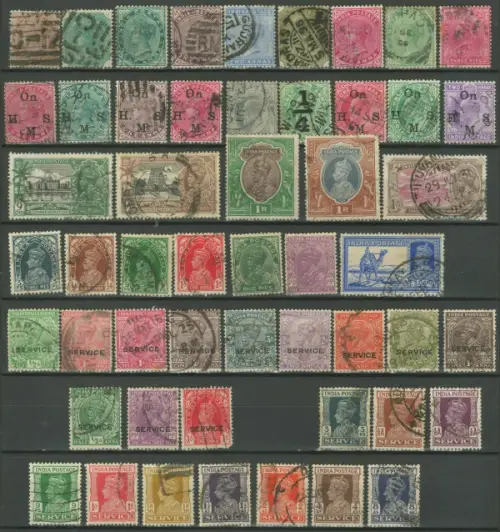
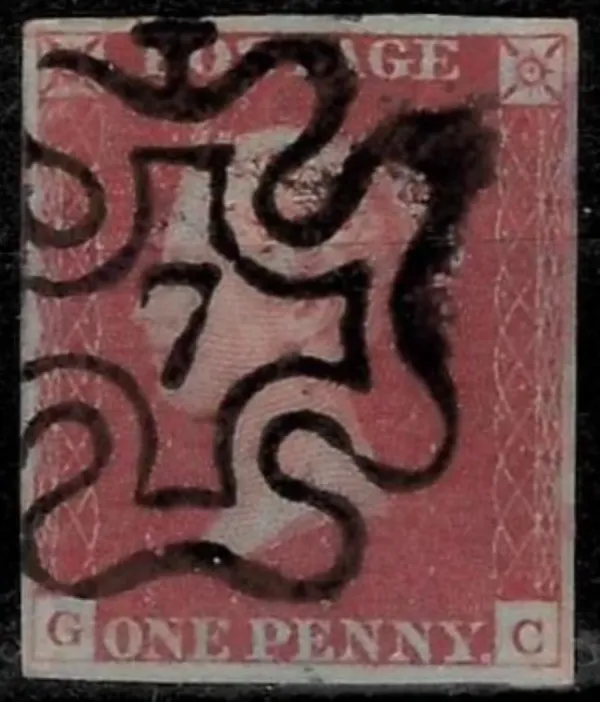
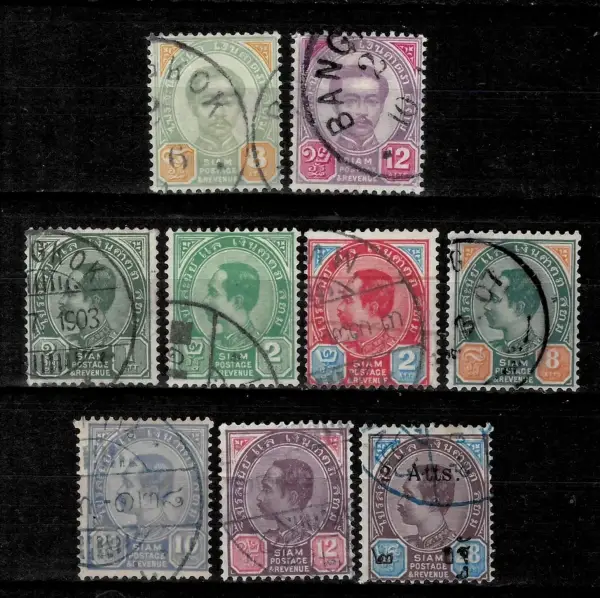
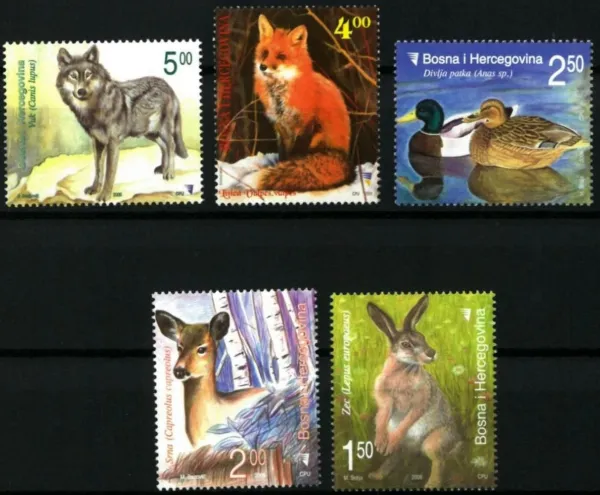
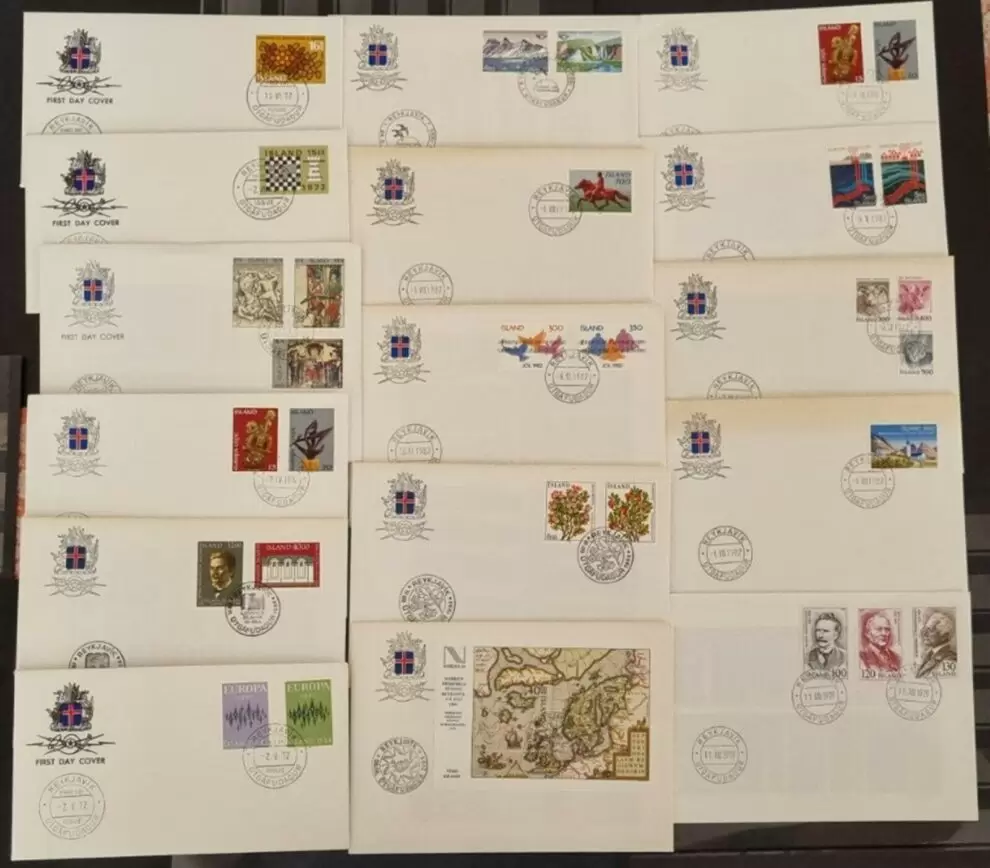
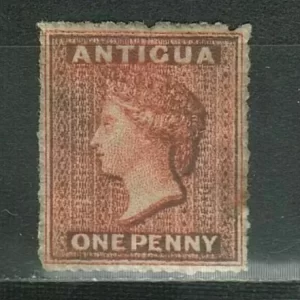
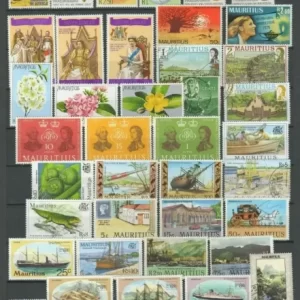
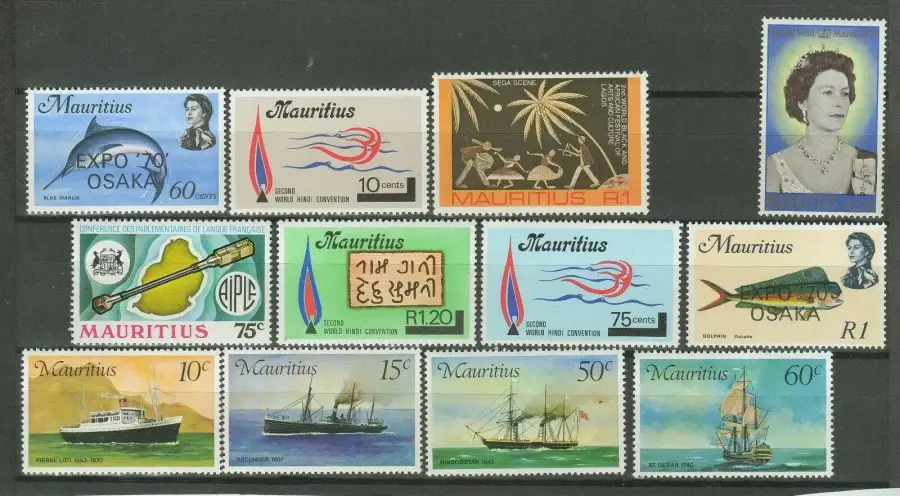
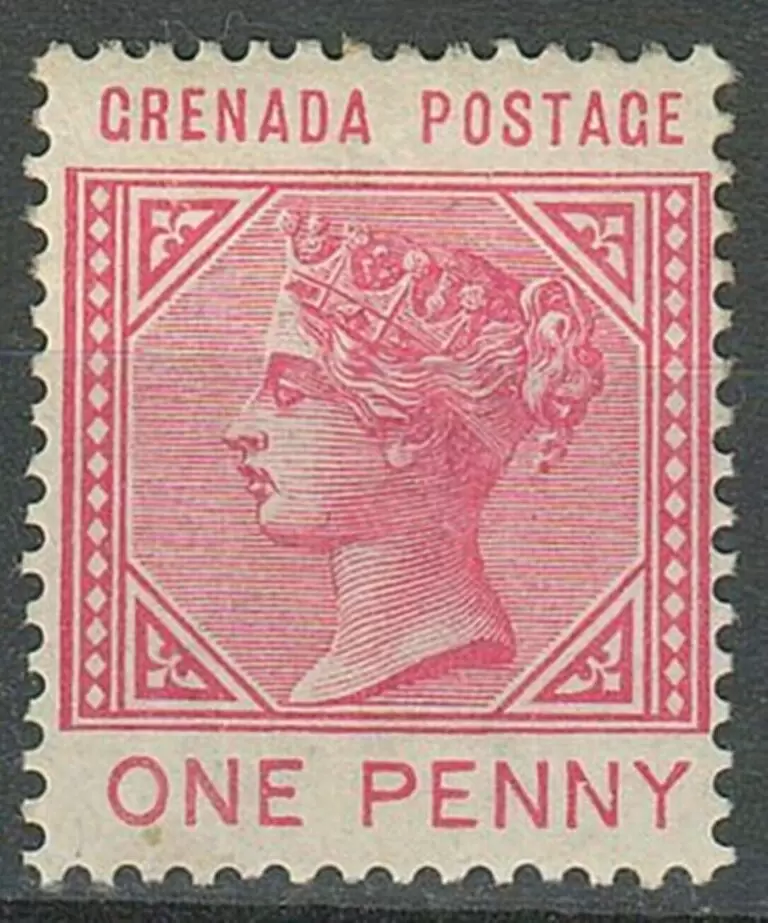
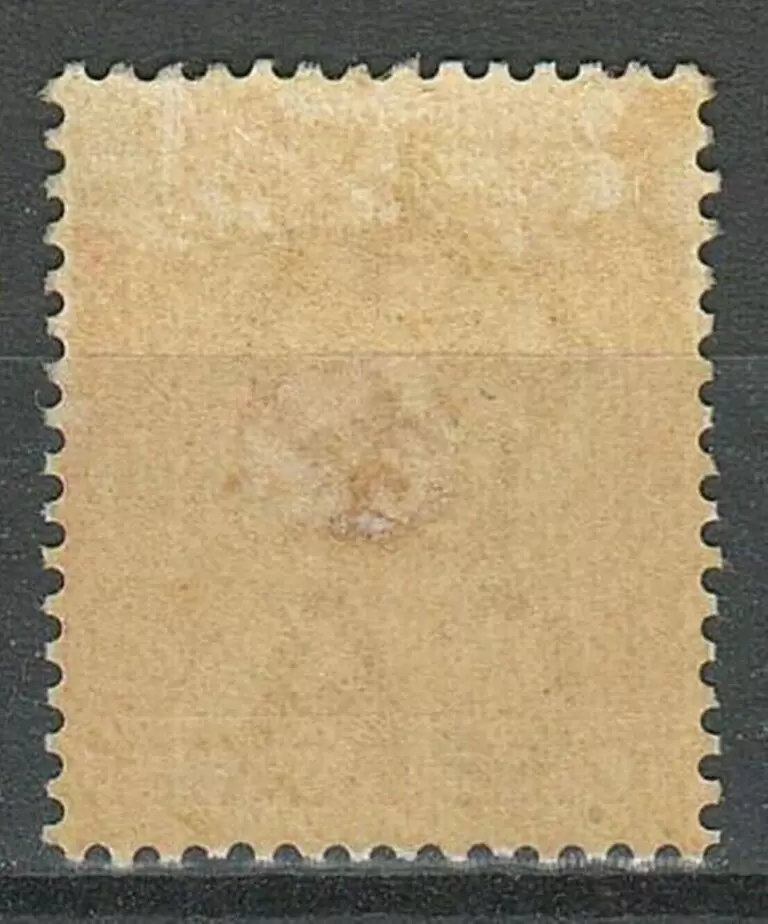
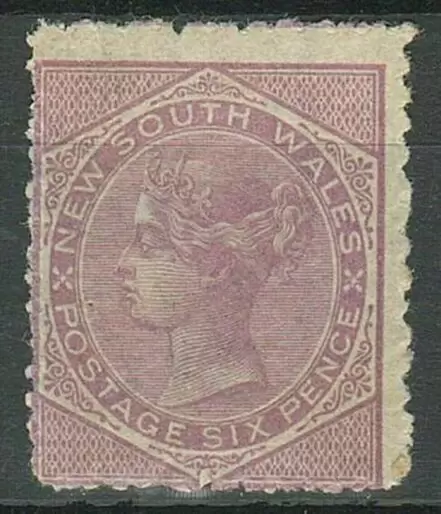
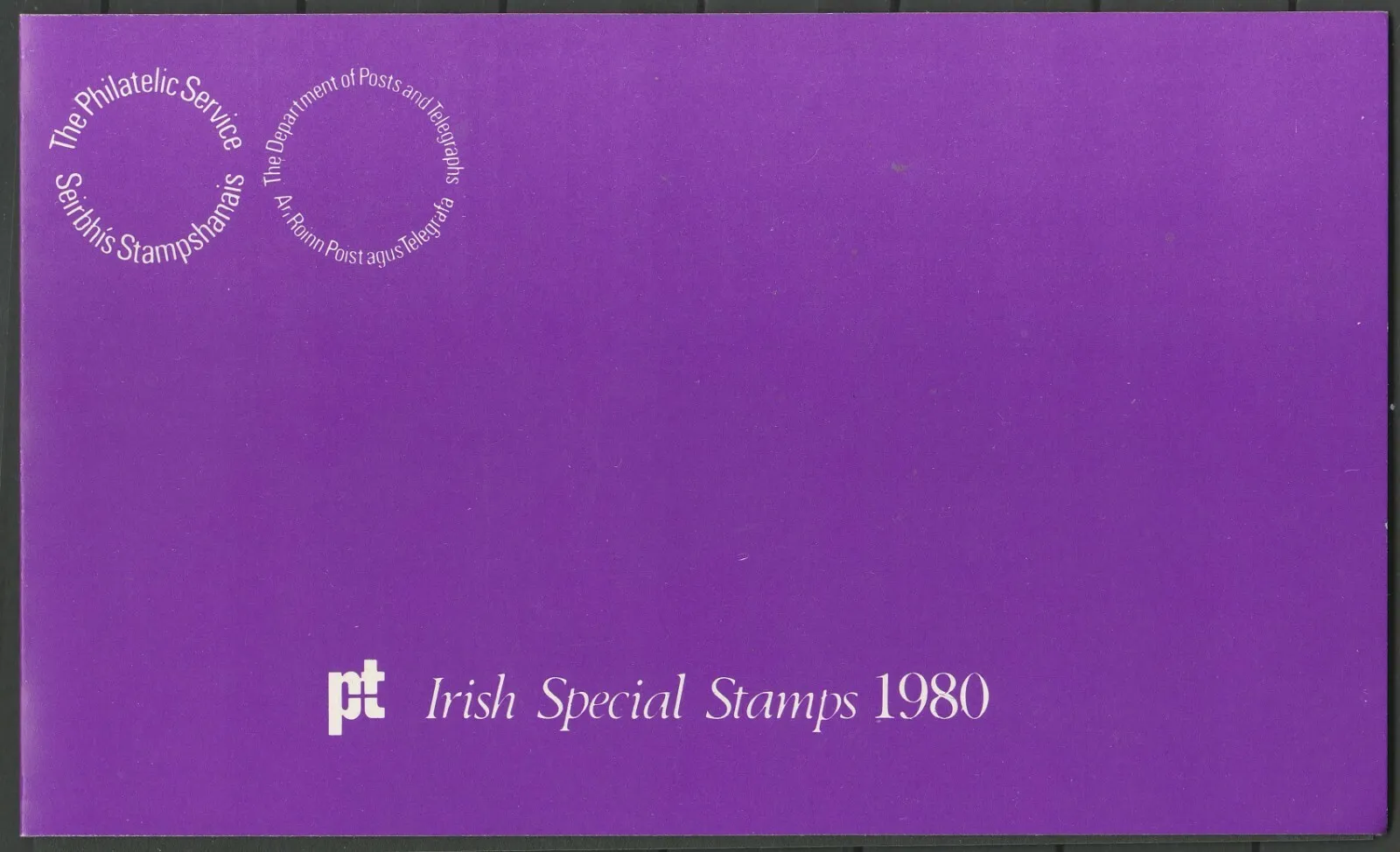
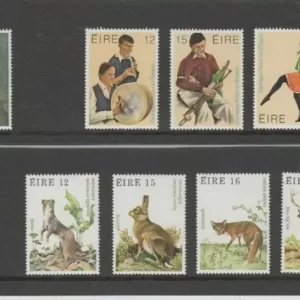
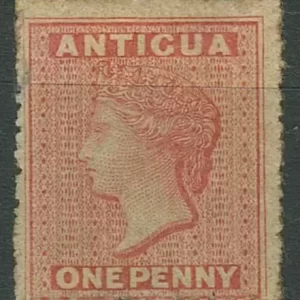
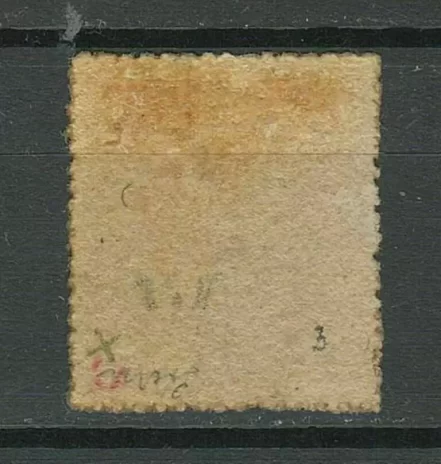
Reviews
There are no reviews yet.